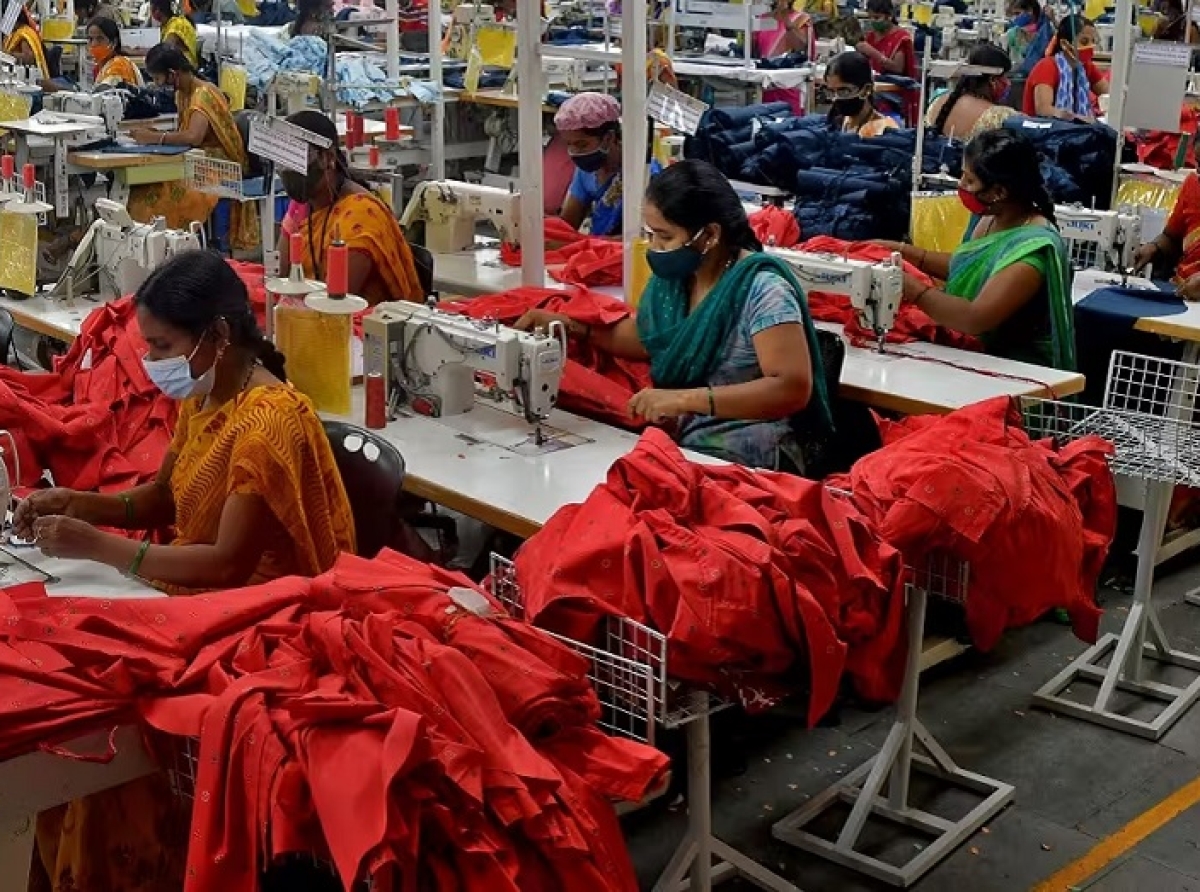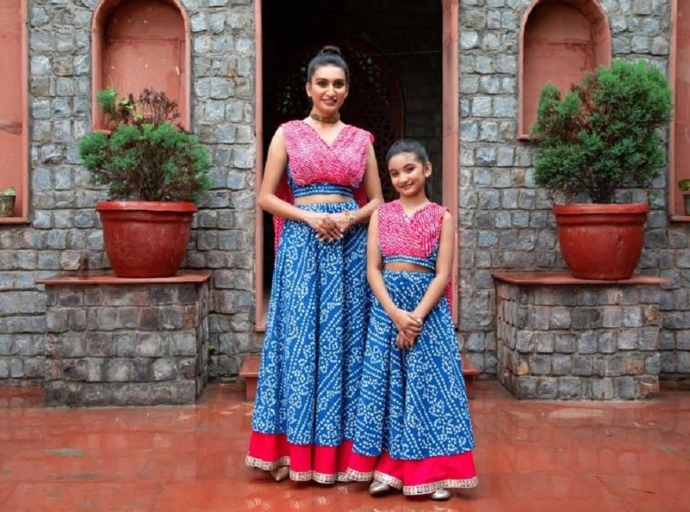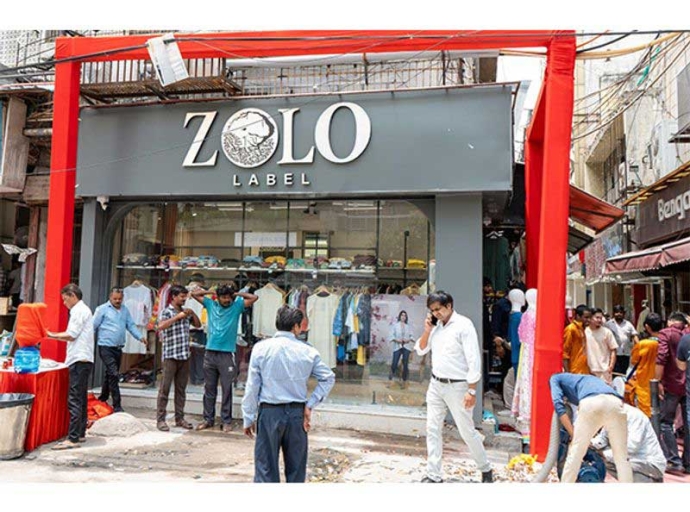Challenges and Opportunities in the Indian Textiles and Clothing Industry

Structural Challenges and External Factors
The Indian textiles and clothing industry, second only to agriculture in employment, has faced recent challenges. Structural issues in raw material supply, tariff barriers, high production costs, and logistical hurdles have impeded growth.
The NDA Government under Prime Minister Narendra Modi has made efforts to boost competitiveness but faces policy issues and delays in raw material development. Capacity Expansion and Incentives
States offer incentives for capacity expansion, but delays in benefit disbursement strain new investments.
A holistic, long-term vision is essential to fill China's textile trade gap and ensure sustained growth. Industry Leaders' Perspectives Dr. S.K. Sundararaman, Chairman of SIMA, highlights issues like rising cotton prices, anti-dumping duties, and recent Quality Control Orders.
While appreciating initiatives to remove duties on raw materials, he urges the government to exempt certain materials under the Advance Authorization Scheme and direct domestic producers to offer materials at international prices.
Technology Mission on Cotton 2.0 Sundararaman calls for a Technology Mission on Cotton 2.0, emphasizing the need for modern seed technology and global best practices in agronomy.
Increased cotton productivity and value-added varieties can benefit farmers and enhance global competitiveness.
Value Addition and Sustainability
SIMA Chairman urges the industry to focus on value addition, innovation, and sustainability. Coastal transportation, reducing carbon footprint, and collaboration with shipping and port authorities are key strategies.
Leadership and Vision
Dr. S.K. Sundararaman is elected Chairman of SIMA for 2023-24, a leader with a strong background in technical textiles and education. Mr. Durai Palanisamy and Mr. S. Krishnakumar serve as Deputy Chairman and Vice-Chairman, respectively, bringing expertise and experience to the association's leadership.
Latest Publications

































